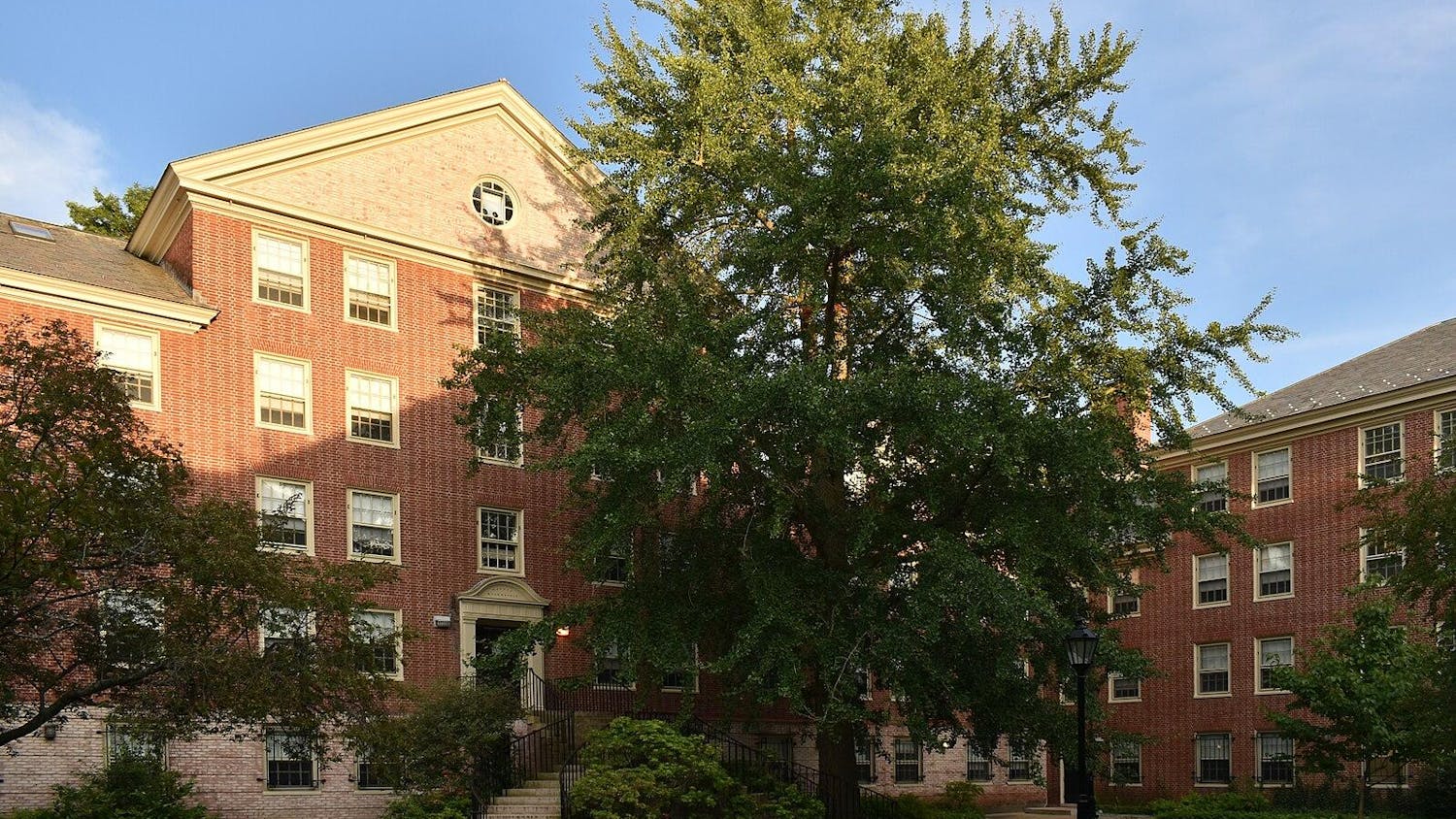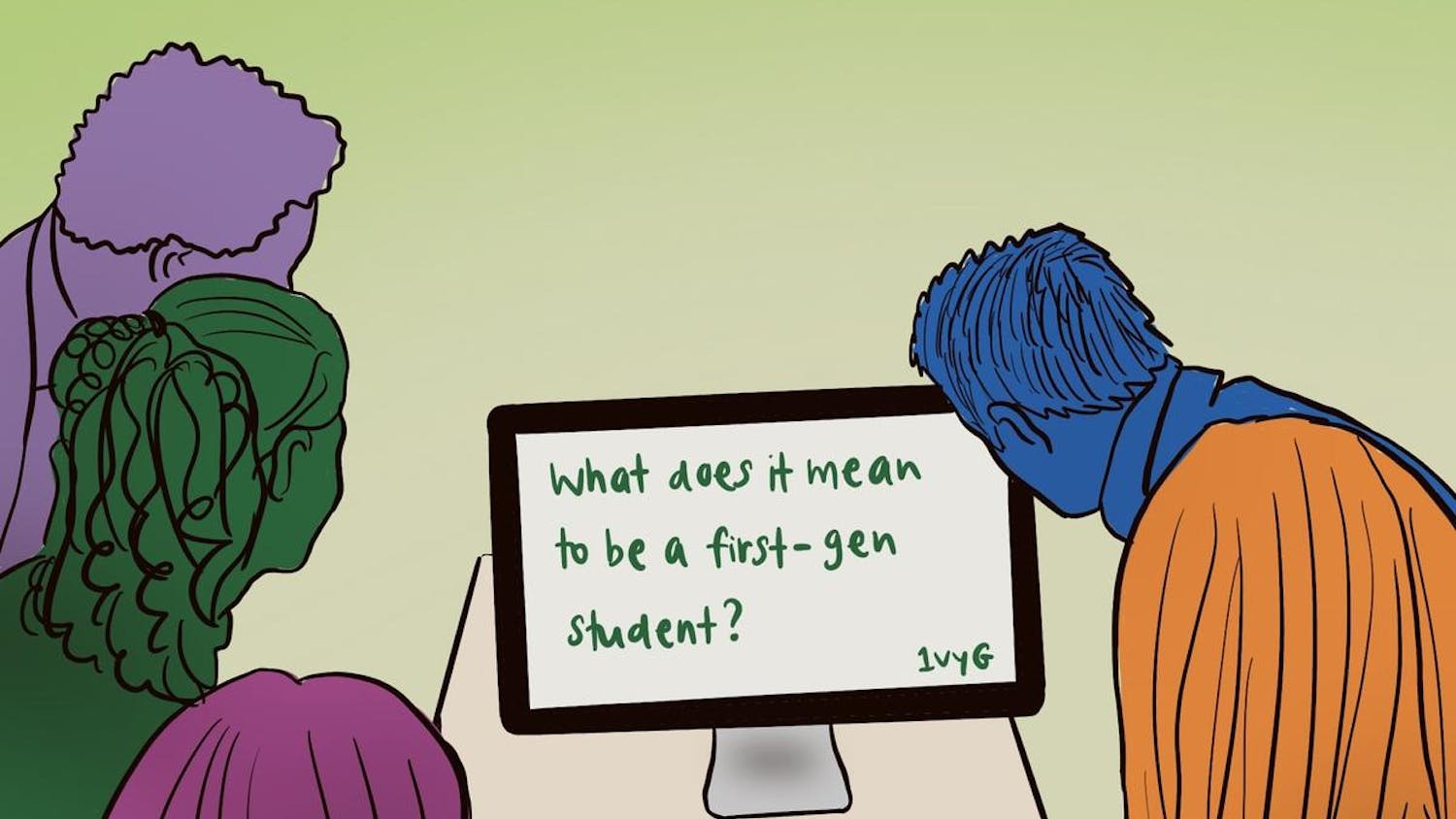Despite University intentions to create a 1,500-member class, the class of 2017 — which includes 1,537 members — continued the trend of increasing numbers of admitted students choosing to matriculate at Brown, said James Miller ’73, dean of admission.
The percentage of admitted students enrolling, known as the yield rate, has climbed from 53 percent to 58 percent between the classes of 2013 and 2017.
Because of the trend, admissions officers will have to be “very conservative” in admitting students to the class of 2018, Miller said.
“The trajectory is upward,” Miller said. “So we will probably be more cautious next year in terms of the number of admission offers we’ll make.”
How many to admit
Admission officers aim to have 1,500 first-year students enroll each year, Miller said, adding that the number of students the Admission Office admits is largely derived from looking at the previous year’s yield rate. After 1,541 students enrolled in the class of 2016, the office admitted 100 fewer students to the class of 2017 in an effort to reach the 1,500 student goal, Miller said.
But the class of 2017 remains about 50 students over the target class size of 1,500.
Anticipated yield rate is one of the largest factors in determining the number of students admitted each year, Miller said, though he added that financial and political considerations are made as well.
Aid and outreach
The University’s yield has increased over the last five years, even while the number of admitted students has decreased or stayed the same, Miller said.
Miller attributed the growth to the University’s expanding financial aid offerings, beginning with former President Ruth Simmons’ introduction of a need-blind admission policy for first-year domestic applicants in 2003. With more aid available, the University can better compete for students with peer institutions, he said.
Miller said outreach efforts made after students have learned of their acceptances also help increase yield. Events like A Day on College Hill and minority student call-out days have made Brown more attractive to admitted students, he said.
A reason to apply?
Yield usually does not influence whether a student applies to an institution, said Michele Hernandez, a college consultant and former assistant director of admissions at Dartmouth. But Hernandez said she believes yield matters in the overall scope of a college’s reported figures.
“If you’re an admissions person, it’s flattering if the yield is higher,” Hernandez said. “That means they’re doing a good job attracting kids.”
But Neilly Tan, a high school senior applying early decision for the class of 2018, said she felt the prestige associated with Brown’s yield rate negatively affected her decision to apply.
“What sold me on Brown was the campus vibe,” said Tan, who attends Rancho Solano Preparatory School in Scottsdale, Ariz. “The selectivity and high yield actually make me more apprehensive to apply.”
Yield was a consideration but not a deciding factor for Courtney Ko, a senior at Olympian High School in Chula Vista, Calif., in her choice to apply early decision to the class of 2018, she said. Ultimately, she has elected to apply because of the Open Curriculum and Brown’s liberal environment.
The early decision effect
But yield rates can be misleading, especially if more students apply through binding early decision programs. Universities can partially control yield rates through such programs, because 100 percent of students admitted early will enroll, possibly skewing the overall yield rate.
At the end of the college admission cycle, that year’s statistics are reported to a school’s board of trustees and president, and then released to the public, Hernandez said. Admission officers aim to maintain or increase numbers in “specific target areas” such as minority student and legacy enrollments, as well as average SAT scores, she said.
Early decision programs allow admission officers to ensure those target areas do not decrease, she said.
Approximately 49 percent of Penn’s class of 2017 is composed of early decision admits, driving the yield to around 64 percent, the Daily Pennsylvanian reported.
“At Penn, sure, their yield went up, but that’s also because they’re controlling the yield through early decision,” Hernandez said. “Yield can be manipulated.”
But Brown’s approximate 5 percent increase in yield over the last five admission cycles reflects an increase not dependent upon the early decision process. The class of 2017 includes approximately 2 percentage points fewer early admits than the class of 2015, but its yield rate remains higher — at around 58 percent, compared to around 55 for the class of 2015.
ADVERTISEMENT




